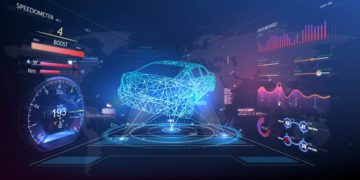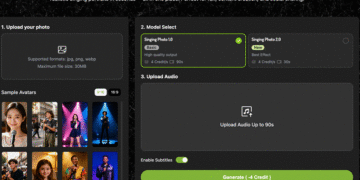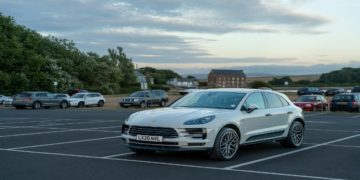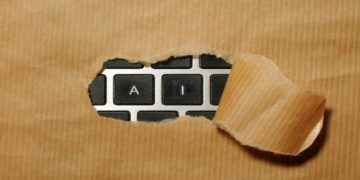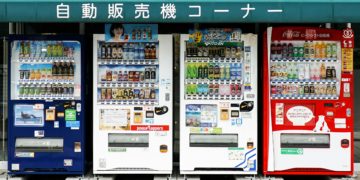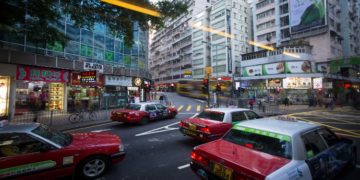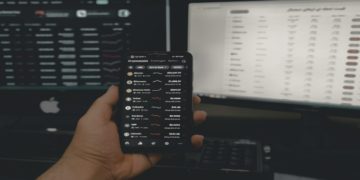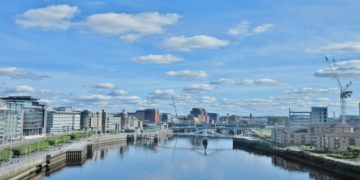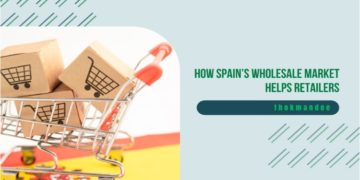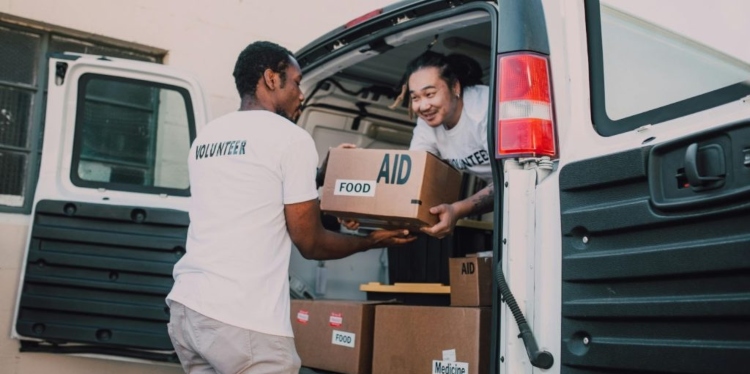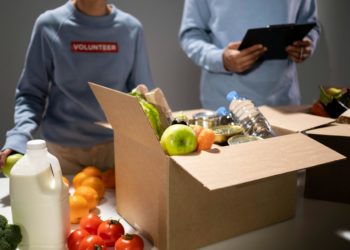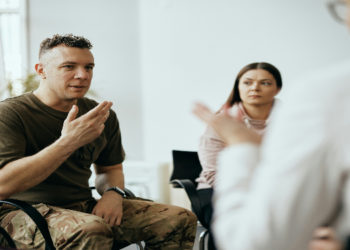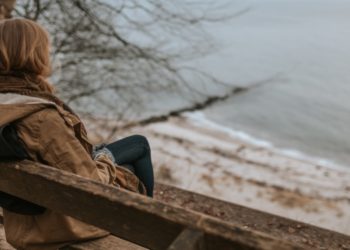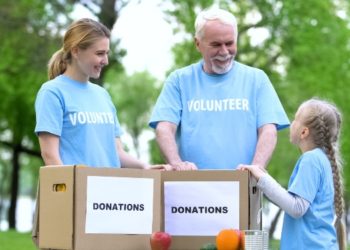The moment any kind of disaster suddenly occurs, fear and doubt start spreading in entire communities, almost like waves. Hurricanes, floods, and other such natural problems bring about ruin, sometimes even beyond the capabilities of the government relief agencies, with ease. And in these difficult times, as they are, by accident, ordinary citizens become something amazing, moving compassion into real action rather than simply standing there. One of those groups is the Cajun Navy 2016, a volunteer disaster relief organization that gained trust through unrelenting hard work. Their tale is not only one of lives rescued but also of how we’re revolutionizing the way we do community aid in times of need.
The Beginnings of Cajun Navy 2016
The seeds of Cajun Navy 2016 were sown by the track of Hurricane Katrina in 2005, one of the most destructive natural disasters in recent American history. Official response systems got clogged at the worst moment, so ordinary citizens who had small boats came to the rescue and pulled to safety family members, neighbors, and even strangers. That impromptu reaction planted a seed that eventually sprouted into organized crews, all of which are collectively known as the “Cajun Navy.”
And once more in 2016, when historic flooding destroyed Louisiana, the volunteers arrived, but this time in something more structured, titled Cajun Navy 2016. That organic neighborhood reaction eventually evolved into a dedicated disaster relief organization. Theirs was a more pinpoint mission, providing immediate and impactful help during critical seconds when seconds count.
The Mission and Core Values
At the center of Cajun Navy 2016’s operations is a simple yet powerful principle: people assisting people. They stand by three essential core principles:
- Rescue, moving trained volunteers quickly to rescue out of danger those who are stranded in danger areas.
- Relief, providing sustenance, emergency gear, and medical care to stricken communities.
- Community service, so nobody ever will ever be alone, ahead of time, in the midst of it, and even afterwards, when the emergency has passed.
Unlike most large organizations that are bogged down by bureaucratic processes, Cajun Navy 2016 is sustained by their flexibility. They have trained volunteers, the latest technology, and an extremely large network of supporters who believe that kindness should be turned into measurable action rather than words.
What drives Cajun Navy 2016 most is the many stories of hope that they weave in what could otherwise appear to be desperate situations. In their hurricanes Harvey, Florence, and Ida, their volunteers risked their own lives in an attempt to rescue families whose houses were submerged in rapidly rising water. Parents with children over their heads, elderly who could not flee safely, and even pets that were abandoned all reached safety thanks to this army of volunteers.
And not only saving lives, the group also delivers truckloads of critical needs to communities cut off from outside support entirely. Bottles of water, blankets, fuel, or first aid kits—Cajun Navy 2016 makes sure necessities end up in the hands that need them the most. Their help allows families to slowly transition toward stability, step by careful step.
Why Cajun Navy 2016 Is Trusted
In a world where trust is hard to come by, Cajun Navy 2016 has built a strong reputation that continues to grow. There are several reasons why this credibility is gained:
- Trust them; they freely speak about how donated resources and volunteers are used.
- Speed and Efficiency: Volunteers are highly trained for very rapid response, even ahead of official agencies.
- Community Connection: Their volunteers are mainly locals who are more familiar with the terrain and hotspots than foreign visitors.
- Volunteer Spirit: His sympathy is motivated by concern rather than reward or fame.
This extremely powerful mix of professionalism and concern for real people leads to utmost confidence, and this is the reason families from all parts of the nation trust Cajun Navy 2016 at the most critical point of their lives.
The Future of Disaster Relief
Natural calamities are happening more frequently with a greater intensity, mostly because of global warming. The relief and rescue operation cannot be left to the government alone anymore. The future requires all volunteer groups, government organizations, and local residents to behave like one unit.
It is organizations such as Cajun Navy 2016 that are leading this revolution. They illustrate in easy-to-understand language how technology such as real-time mapping, social media alerts, and mobile applications can empower volunteers to be effective forces for organizations faster in saving lives. Their constant training also prepares them for unforeseen challenges that come uninvited.
The future will witness an even larger role for community-led service groups. The Cajun Navy 2016 case teaches us that ordinary people, if united with one will, can turn disaster scenarios into fields of solidarity, power, and hope.
Conclusion
Disasters test something greater than roads or infrastructure; they test the hardness and the elasticity of the human heart. Government agencies have their role to play, but it’s generally the volunteers from the grassroots who provide the initial surge of hope. Cajun Navy 2016 is a great reflection of how ordinary people can make an absolutely phenomenal difference.
With commitment, compassion, and courage together, they placed themselves in their distinguished role as a credible disaster relief agency. They continue to this day, and with disasters still challenging communities, their work is an example that in the darkest times of despair, humanity’s light burns strongest.

